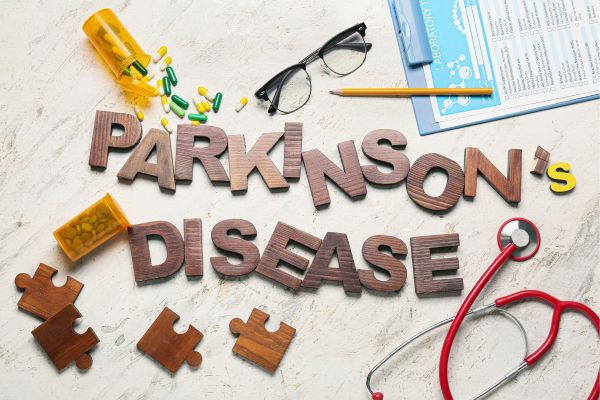Parkinson's disease is a progressive neurological disorder that affects movement and coordination. Physiotherapy plays a crucial role in managing the symptoms of Parkinson's disease and helping patients improve their quality of life. In Gurgaon, several specialized physiotherapy centers offer specific programs for people with Parkinson's disease.
Physiotherapists also focus on improving posture and gait, as well as providing strategies and tools to manage daily activities effectively. Dynafisio is a top physiotherapy clinic in Gurgaon that offers specialized and comprehensive Parkinson's disease physiotherapy programs. With a team of experienced and skilled physiotherapists, Dynafisio provides personalized treatment plans tailored to each patient's specific needs and goals.
.jpg)
Parkinson’s disease causes the brain’s nerve cells to break and eventually die. For this reason, the symptoms take place due to the loss of neurons. Eventually, the dopamine levels decrease and promote abnormal brain activity and imparted movement of the body. Some factors that initiate this condition are:
Dr. Jyoti Arya at Dynafisio offers specialized physiotherapy treatment for individuals with Parkinson's disease in Gurgaon. With years of experience and expertise in neurological conditions, She provides comprehensive care to improve the quality of life for patients. The physiotherapy treatment for Parkinson's disease at Dynafisio focuses on addressing the specific motor symptoms and functional limitations associated with the condition. Through a personalized approach, Dr. Jyoti Arya develops customized treatment plans that include exercises, stretching, balance training, and coordination exercises.
She also incorporates specialized techniques such as LSVT BIG (Lee Silverman Voice Treatment) and PWR! (Parkinson's Wellness Recovery) to optimize motor function, restore gait patterns, and enhance overall mobility. Additionally, Dr. Jyoti Arya emphasizes the importance of patient education and empowerment, guiding energy conservation, fall prevention, and strategies to improve daily activities.

There are no particular diagnostic tests for identifying Parkinson’s disease and the neurologist can detect the condition based on:
Some special physiotherapy exercises for Parkinson’s disease are:
Amplitude Training– A particular form of exercise for Parkinson’s disease is LSVT or Lee Silverman Voice Treatment. It involves exaggerated physical moments. A physiotherapist helps in making high steps and arm swings. Consequently, it is a method to regain muscle movement and decrease the progression of hypokinesia.
Reciprocal patterns– This exercise involves side-to-side and left-to-right patterned movements. For instance, there are swinging arms and taking steps for walking because Parkinson’s impacts these patterns. The therapist can reinforce these patterns by using a recumbent bicycle.
People affected with Parkinson’s often require physiotherapy to maintain and strengthen physical capability and quality of movement in everyday life. At DynaFisio, our well–trained physiotherapists mainly focus on providing education and self-management to the patients. Physiotherapy exercises help to offset the consequences of Parkinson’s and minimize deterioration in strength, endurance, flexibility, and balance. Book an appointment with the top Physiotherapist in Gurgaon today for the best Parkinson's Disease Physiotherapy Treatment in Gurgaon.